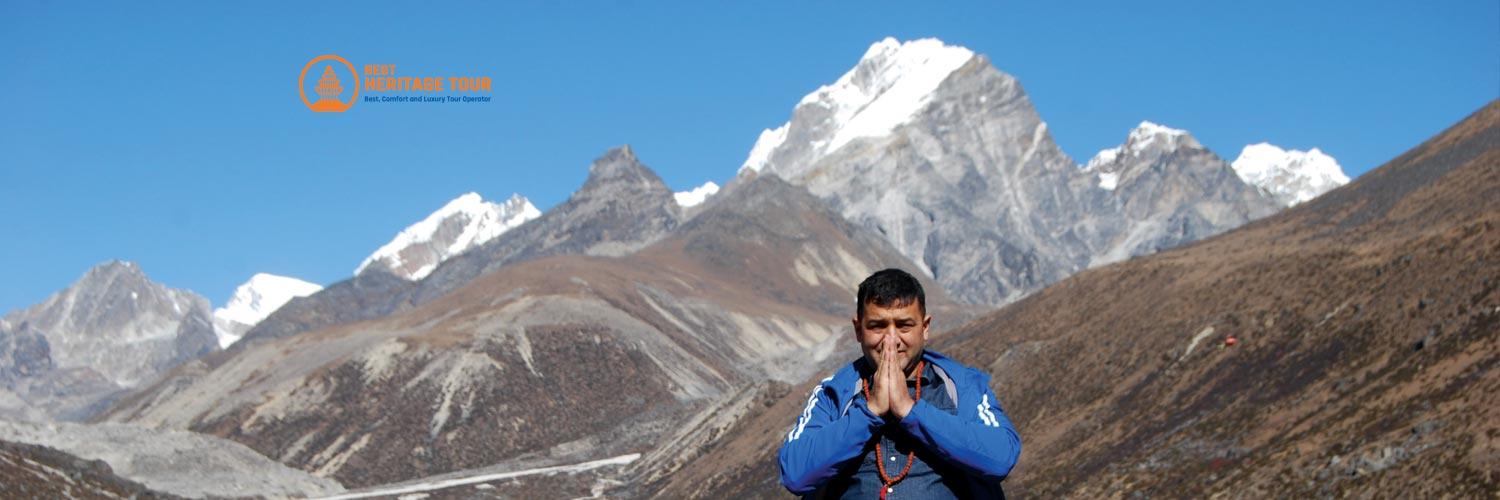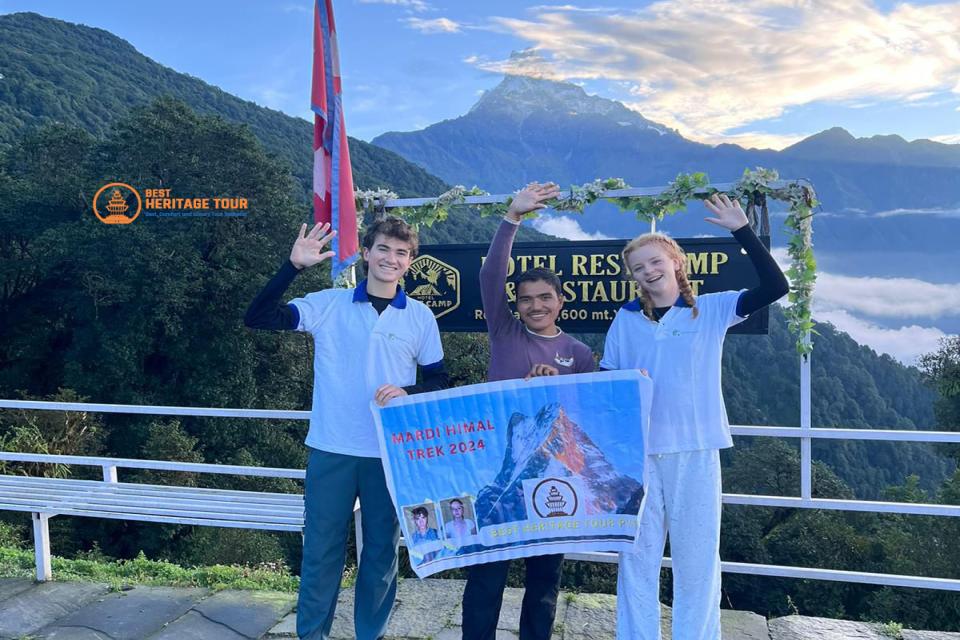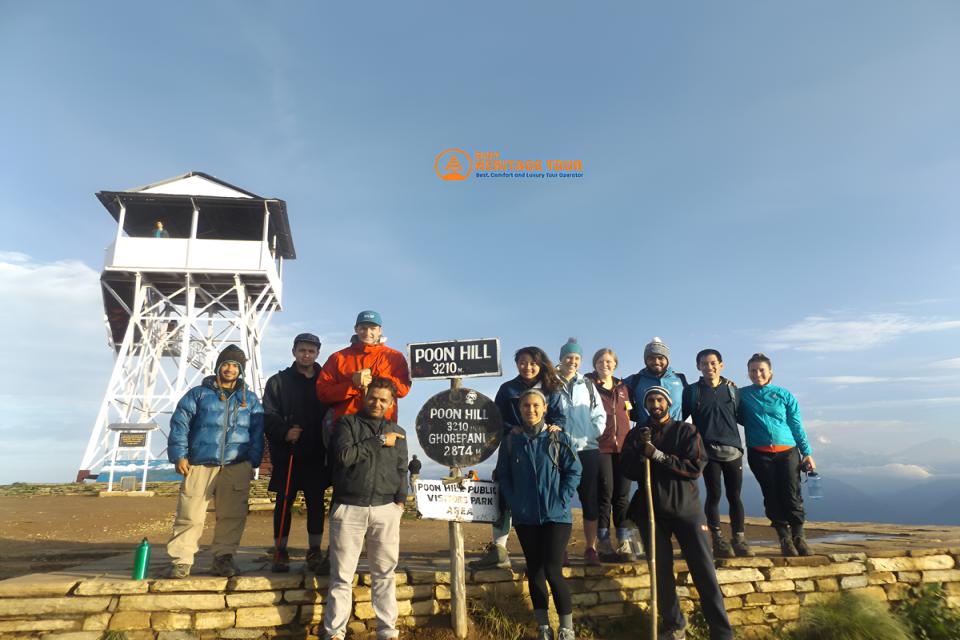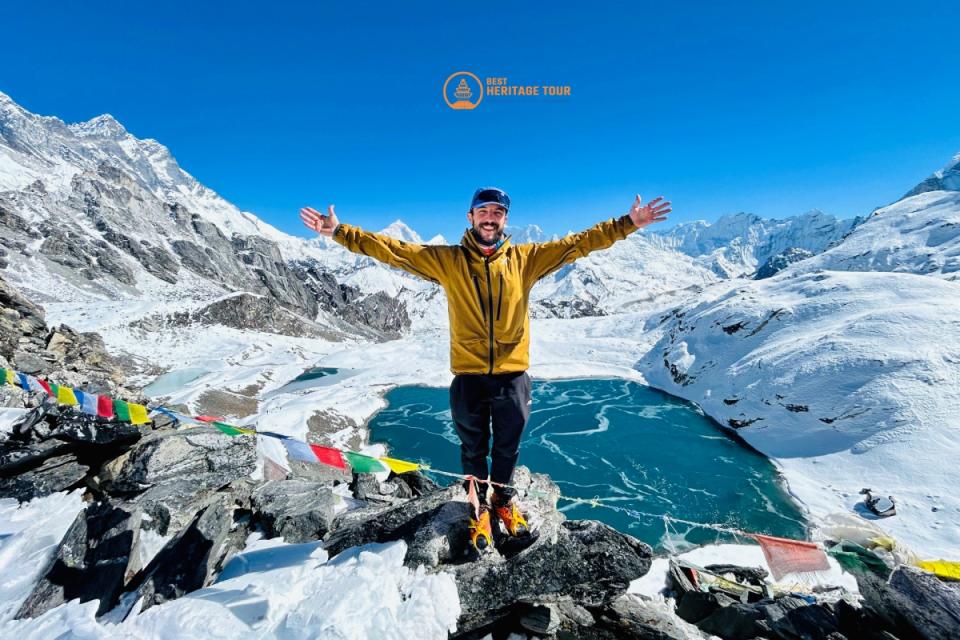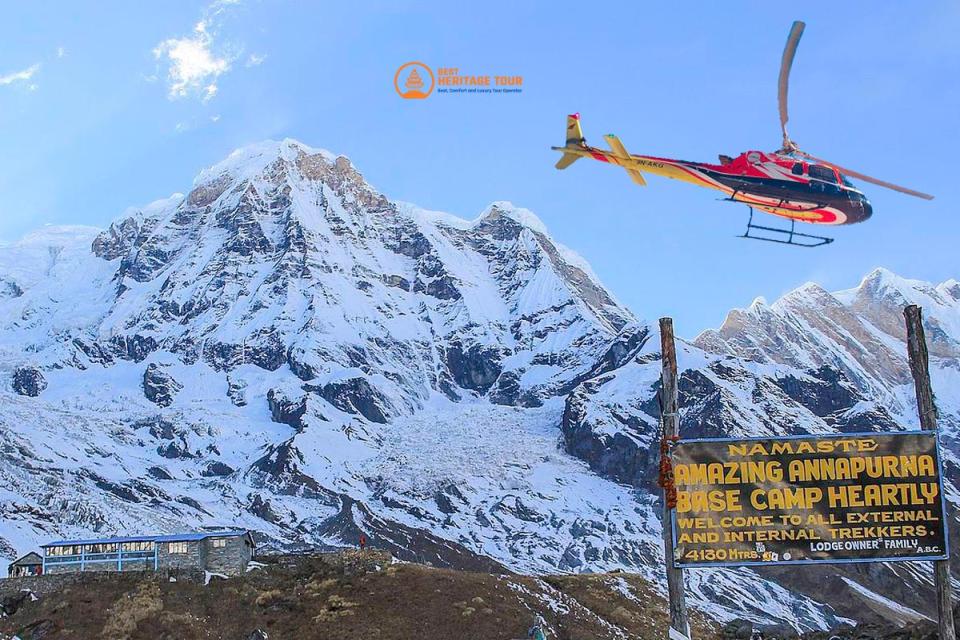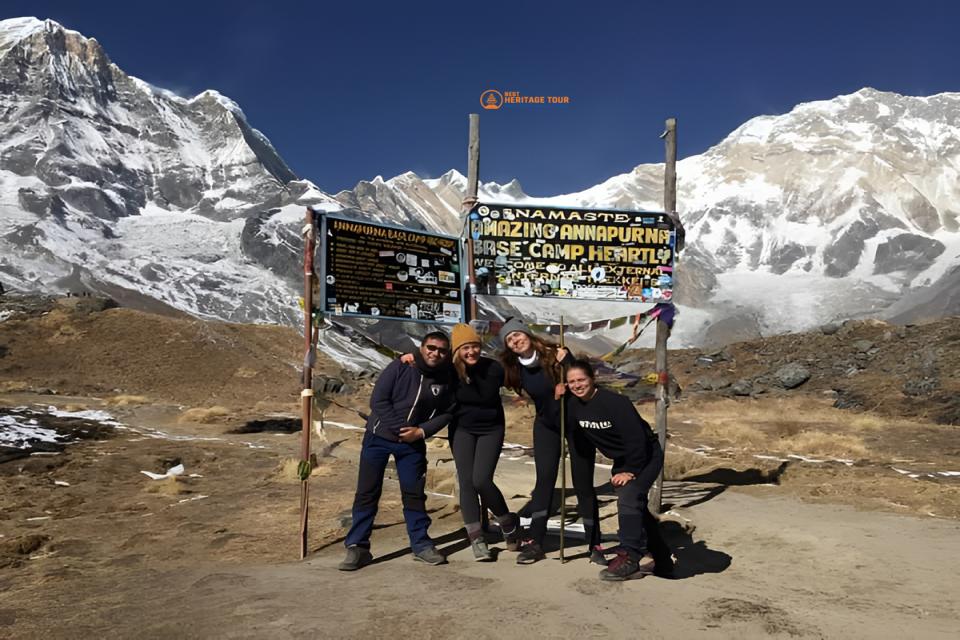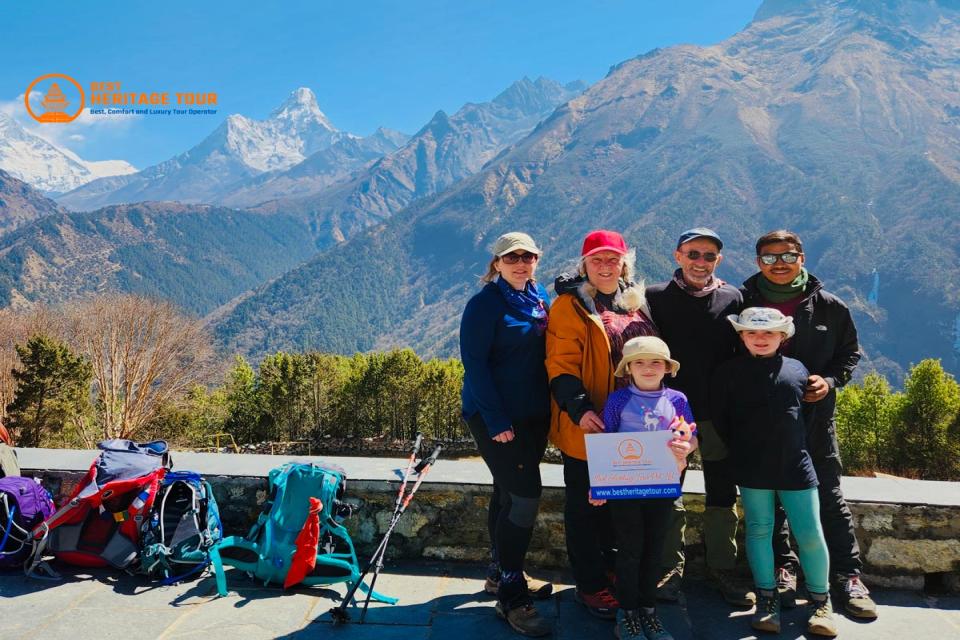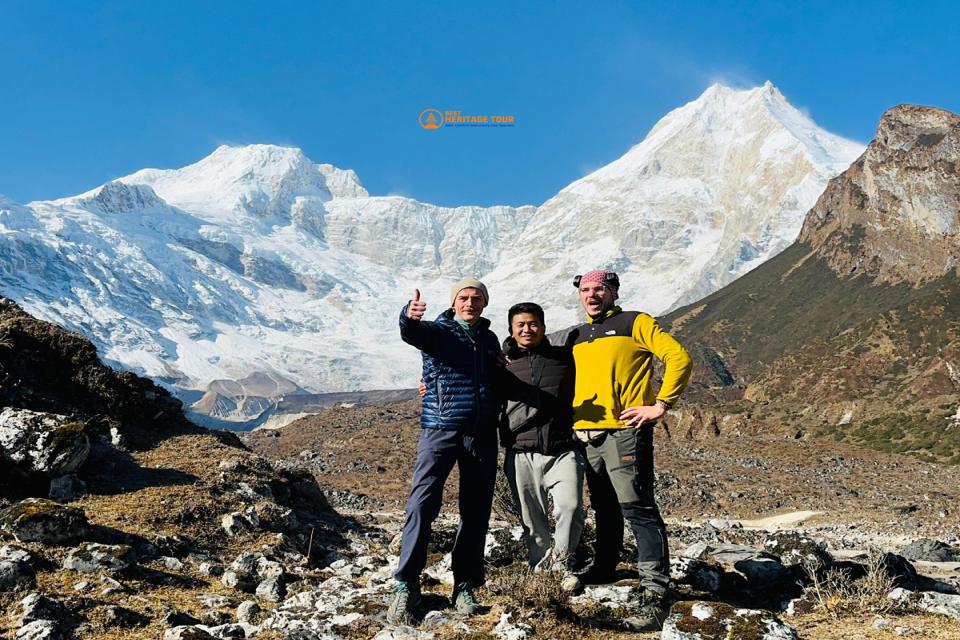Trekking in high-altitude regions like the Everest Region, Manaslu Region, and the Annapurna Region offers breathtaking views and an unforgettable adventure. However, it also comes with the challenge of altitude acclimatization. Understanding how to acclimatize properly is crucial for a safe and enjoyable trek. This guide will provide essential tips for altitude acclimatization, helping you avoid Altitude Sickness, Acute Mountain Sickness (AMS), High Altitude Pulmonary Edema (HAPE), High Altitude Cerebral Edema (HACE), and other high-altitude health risks.
What is Altitude Acclimatization?
Altitude acclimatization refers to the process of your body adjusting to reduced oxygen levels at higher elevations. As you trek to altitudes above 2,500 meters (8,200 feet), your body starts to feel the effects of lower oxygen, which can lead to symptoms of altitude sickness. Proper acclimatization helps your body adapt to these changes and reduces the risk of severe conditions such as HAPE and HACE.
Why is Acclimatization Important for High-Altitude Treks?
High-altitude treks like the Everest Base Camp Trek, Manaslu Circuit Trek, and the Annapurna Circuit Trek demand that trekkers give their bodies enough time to adjust to the thinner air. If not properly acclimatized, trekkers can suffer from dangerous conditions like AMS, which can severely impact their ability to continue trekking.
The acclimatization process is especially important if you're trekking in regions like the Everest Region or crossing high-altitude passes like Thorong La Pass (5,416 meters / 17,769 feet) or Larke La Pass (5,160 meters / 16,929 feet). This section will walk you through the importance of acclimatization and how it can make or break your trekking experience.
Altitude Sickness and Its Symptoms
Altitude sickness can affect anyone trekking at high elevations. The symptoms can range from mild to severe and may include:
-
Headache
-
Nausea and vomiting
-
Dizziness or lightheadedness
-
Fatigue
-
Shortness of breath
The severity of AMS, HAPE, and HACE increases with altitude. AMS typically occurs at elevations above 2,500 meters (8,200 feet), while HAPE and HACE are more common at altitudes above 3,500 meters (11,500 feet).
Key Acclimatization Tips for High-Altitude Treks
-
Climb High, Sleep Low
One of the golden rules for successful altitude acclimatization is to climb high, sleep low. This technique involves trekking to a higher altitude during the day, but returning to a lower elevation to sleep. This allows your body to adjust without the added strain of staying at high altitudes overnight. For example, when trekking in the Everest Region, you might hike up to Dingboche and then return to Namche Bazaar to sleep.
-
Hydration is Key
Hydration for acclimatization is crucial. At high altitudes, dehydration can worsen the symptoms of altitude sickness and hinder your body’s ability to acclimatize. Make sure to drink plenty of water throughout your trek, especially during challenging sections like the Manaslu Circuit Trek. Proper hydration helps in maintaining healthy oxygen transport and circulation in your body.
-
Eat Carbohydrate-Rich Foods
Eating carbohydrate-rich foods for acclimatization provides the energy needed for your body to cope with the stress of high-altitude trekking. These foods also support proper oxygen efficiency, which is critical for your endurance at high elevations. You can fuel your trek with a combination of simple carbohydrates like pasta, rice, and bread, as well as complex carbohydrates from vegetables and grains.
-
Proper Breathing Techniques
At higher altitudes, you may find yourself struggling to catch your breath. Efficient breathing at high altitudes is essential to increase the oxygen intake to your body. Focus on deep, steady breaths rather than shallow panting. This will help reduce the risk of AMS and prevent breathing issues at high altitudes.
-
Know Your Acclimatization Schedule
Having a well-planned altitude acclimatization schedule is essential for every high-altitude trek. A typical schedule may involve staying at a higher altitude for a day or two, followed by a return to a lower altitude for sleep. For example, on the Everest Base Camp Trek, you’ll spend time at acclimatization stops like Namche Bazaar and Dingboche before ascending higher.
Acclimatization Stops on Popular Treks
Different regions in Nepal offer strategic acclimatization stops to ensure trekkers can adjust safely to the altitude. Here are some common stops:
-
Everest Base Camp Trek Acclimatization: Namche Bazaar (3,440 meters / 11,286 feet), Dingboche (4,410 meters / 14,468 feet)
-
Manaslu Circuit Trek Acclimatization: Samagaun (3,530 meters / 11,581 feet), Samdo (3,875 meters / 12,713 feet)
-
Annapurna Circuit Trek Acclimatization: Manang (3,540 meters / 11,614 feet), Yak Kharka (4,050 meters / 13,287 feet)
These stops allow trekkers to rest and adjust to higher elevations before continuing their trek.
Special Considerations for Seniors
For seniors trekking in Nepal, altitude acclimatization for seniors becomes even more important. The high altitude effects on seniors can be more pronounced due to slower physical recovery and pre-existing medical conditions. Seniors should consult a doctor before undertaking any high-altitude trek and ensure they are well-prepared for the conditions.
Acclimatization Benefits
The benefits of proper altitude acclimatization are immense. Not only does it reduce the risk of altitude sickness, but it also enhances your overall trekking experience. You'll be able to maintain your energy levels, experience fewer symptoms of AMS, and enjoy the stunning landscapes of Nepal's high-altitude regions like the Annapurna Circuit Trek and Everest Base Camp Trek.
Final Thoughts on High-Altitude Trekking in Nepal
Trekking at high altitudes in Nepal can be one of the most rewarding experiences of your life. By following the tips for altitude acclimatization, focusing on hydration, nutrition, and breathing, and knowing your acclimatization stops, you can ensure a safer and more enjoyable adventure. Always listen to your body, take things slowly, and don’t hesitate to descend if you feel any symptoms of altitude sickness.
Whether you are trekking to Everest Base Camp, Annapurna Circuit, or Manaslu Circuit, proper acclimatization is your best defense against the challenges of high-altitude trekking. With the right preparation, you can conquer the heights and create memories that will last a lifetime.
Plan Your High-Altitude Trek in Nepal with the Best Heritage Tour
Planning a high-altitude trek in Nepal? Contact Best Heritage Tour for expert advice on altitude acclimatization, the best trekking routes in Nepal, and customized trekking itineraries that ensure a safe and enjoyable adventure. We take care of all the details, including permits, accommodations, and local insights, so you can focus on enjoying your trekking experience in Nepal with confidence.
Contact Us for Bookings & Information:
- Phone/WhatsApp/Viber: +9779851149197 / +9779810043046
- Email: bestheritagetour@gmail.com / info@bestheritagetour.com
- Website: www.bestheritagetour.com
- Location: Thamel Marg, Kathmandu, Nepal
Author: Best Heritage Tour
Date: 28th April, 2025

